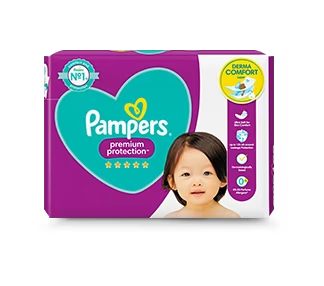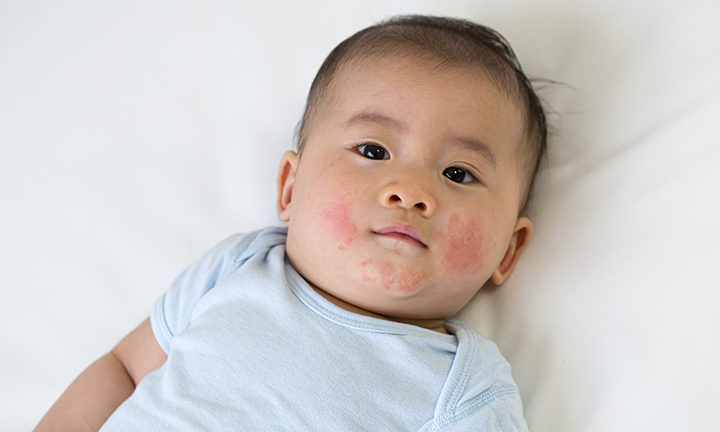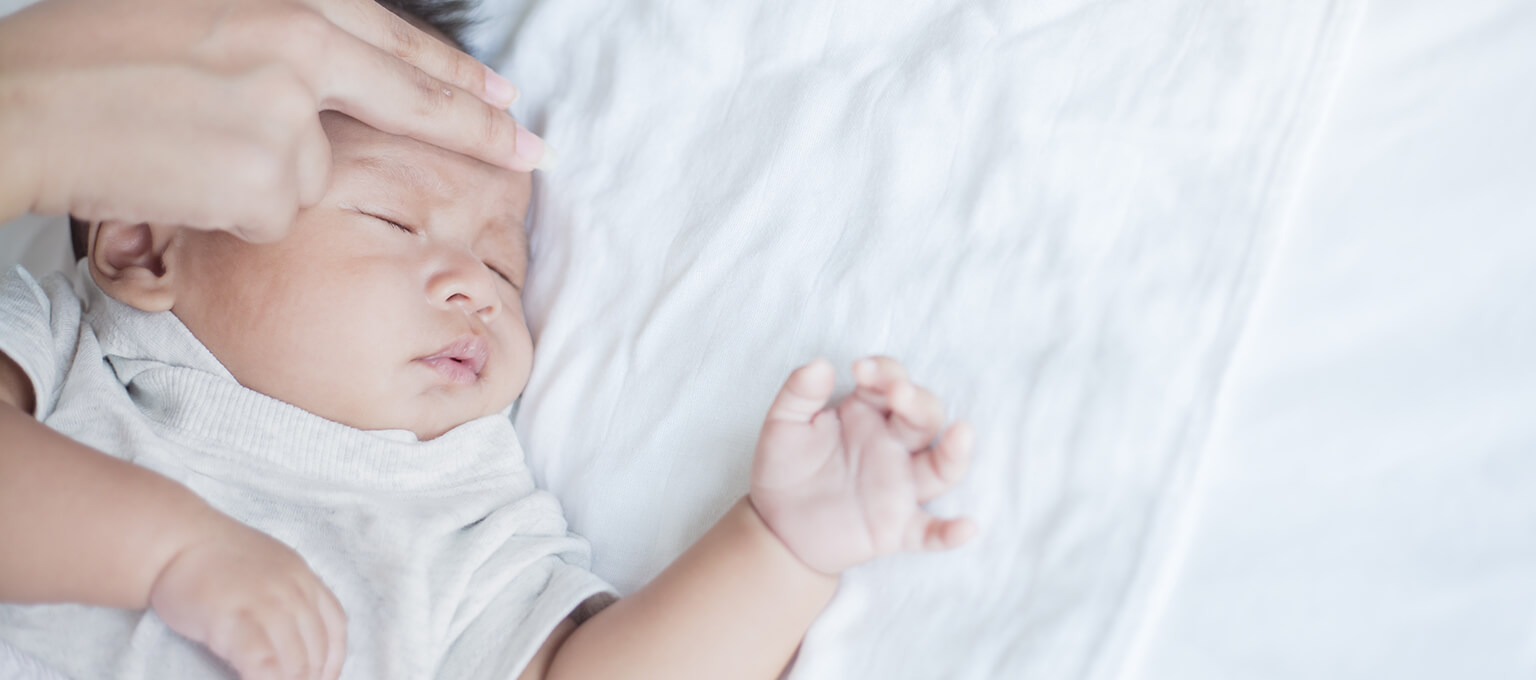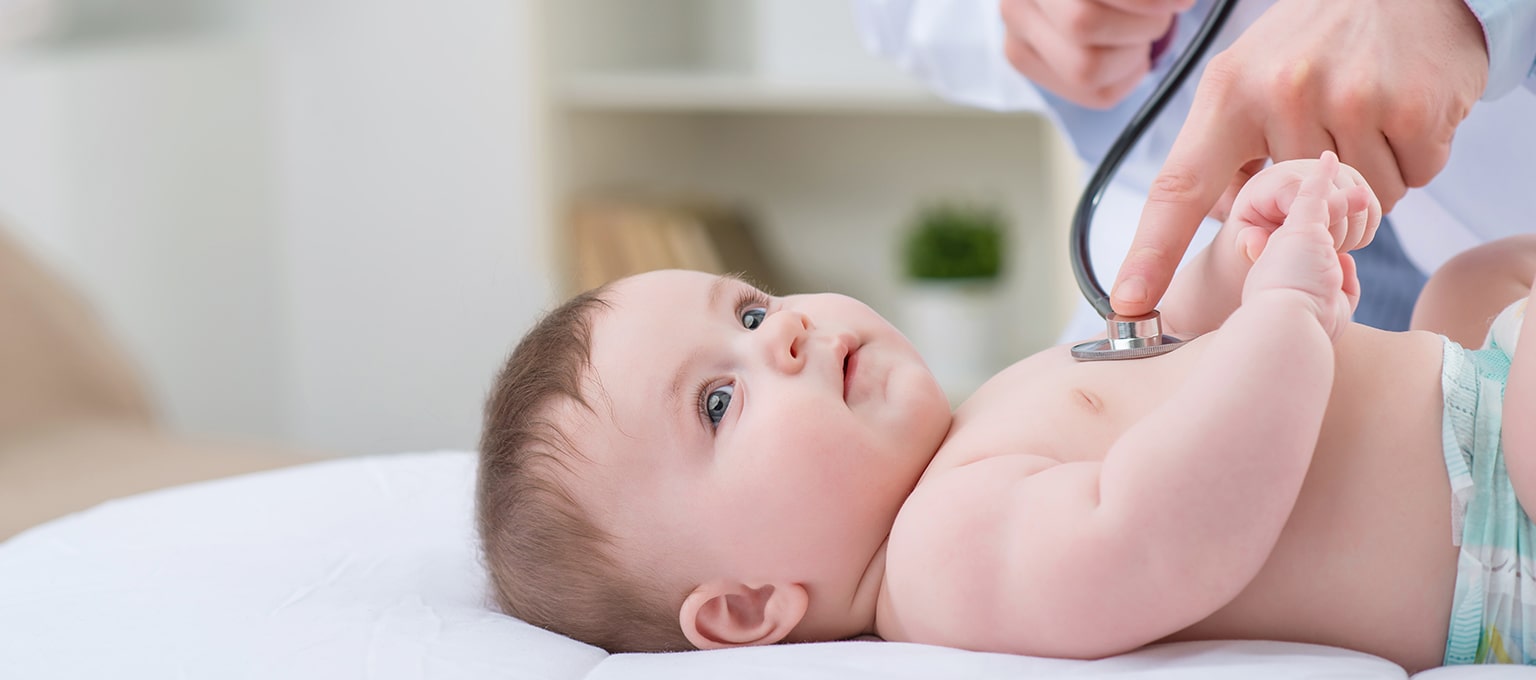
Ear Infections in Children
Ear infections (otitis media) are very common in toddlers and babies, and it’s normal for your little one to develop one at some point in their childhood. If you’re wondering how to tell if your baby or toddler has an ear infection, what can be done to treat and prevent them, and the causes of ear infections, read on to find out more.
How Common Are Ear Infections in Babies and Toddlers?
Most children get an ear infection in their first few years of life, most frequently between 6 and 15 months of age. Moreover, 1 in 4 children have had an ear infection by the time they turn 10 years old. An infection of the inner or middle ear, also known as otitis media, is the most common type of ear infection in children.
Signs and Symptoms of an Ear Infection in Your Baby or Toddler
So, you may be wondering how to tell if your baby or toddler has an ear infection? It’s not easy to figure this out with babies (toddlers will often tell you when they have ear pain), but there are some signs you can look for. Here are some common signs of an ear infection in your baby or toddler:
What Causes Ear Infections in Babies and Toddlers?
You may be wondering how babies and toddlers get ear infections. There are quite a few situations that can lead to your child developing otitis media (ear infection), including:
How to Prevent Ear Infections in Babies and Toddlers
There are a few ways you can help to lower your baby and toddler’s chance of getting ear infections:
Treatment for your Baby or Toddler’s Ear Infection
Ear infections usually clear up on their own within a few days. If your baby or toddler has an ear infection, try the following home treatment strategies to ease their discomfort:
In some cases, your baby’s ear pain may be caused by teething or toothache, a build-up of earwax, a foreign object stuck in the ear, or tonsillitis, rather than an ear infection. If you’re unsure, check in with your doctor.
When to See a Doctor
Ear infections don’t usually need special treatment or antibiotics, as they often clear up by themselves within a few days. However, you may need to contact your doctor if
The doctor may look inside your little one’s ear using a small light and may also blow a small puff of air into each ear using an otoscope, to check for blockages. Depending on the cause of your child’s ear infections and the risk factors associated, your doctor may prescribe ear drops and/or antibiotics. For recurring ear infections that are often severe in your baby or toddler, your doctor may recommend ‘grommets’. Grommets are tiny tubes that are inserted into the eardrum and help to drain fluid. The grommets are usually left in for 6 to 12 months, and naturally fall out once the ear drum is healed. The procedure of inserting grommets usually takes about 15 minutes, is painless and done under general anaesthetic. For more information on grommets, or if you have any concerns about your child’s ear infection, ask your doctor or health visitor.
Should You Limit Your Child’s Activities During an Ear Infection?
We recommend checking with your doctor before your child takes part in any activities or mixes with other children. If your little one has an ear infection caused by a contagious cold or flu virus, it is highly recommended that they avoid attending nursery or mixing with others, as it can be easily spread. If your baby or toddler participates in swimming, it may be OK for them to swim while recovering from an ear infection as long as they avoid getting water into their ears. They can prevent this by wearing a swimming hat over their ears or using earplugs. Check with your doctor first, to be on the safe side. If you need to travel by airplane with your baby or toddler, check with your doctor first to ensure it’s ok. Flying is usually fine, but your child may experience pain from the pressure changes. This can be remedied by breastfeeding or bottle feeding your baby or offering them a dummy, as the sucking and swallowing can ease the discomfort.
FAQS AT A GLANCE
Your child may have an ear infection if you notice the following:
• Pulling at their ears or complaining of ear pain
• Trouble sleeping or irritability
• Decreased appetite
• High temperature
• Poor balance
• Difficulty hearing
The Bottom Line
Ear infections, also known as otitis media, are very common in babies and toddlers. Being exposed to colds and other childhood illnesses in a day care setting can increase the chance of your child also getting an ear infection. Smoking around your baby or bottle-feeding in a lying position can also increase the chance of them getting an ear infection. Ear infections can be accompanied by fever and ear pain. Until you’re able to have your child seen by their doctor, you can keep your little one comfortable by using a pain-relieving medication or a warm compress. Your child may need antibiotics to completely recover from the ear infection, depending on the cause and risk factor. During this time, your child can go about their days as normal—there’s no reason to keep them home from nursery or preschool. Most ear infections tend to be minor and clear up on their own without causing your child problems, so take heart that your little one will soon recover from their ear infection and be back to their usual self.
The information in this article is based on the expert advice found in trusted medical and government sources, such as the National Health Service (NHS).The content on this page should not replace professional medical advice. Always consult medical professionals for full diagnosis and treatment.
Read more about Baby
Related Articles
Join Pampers Club and get:















